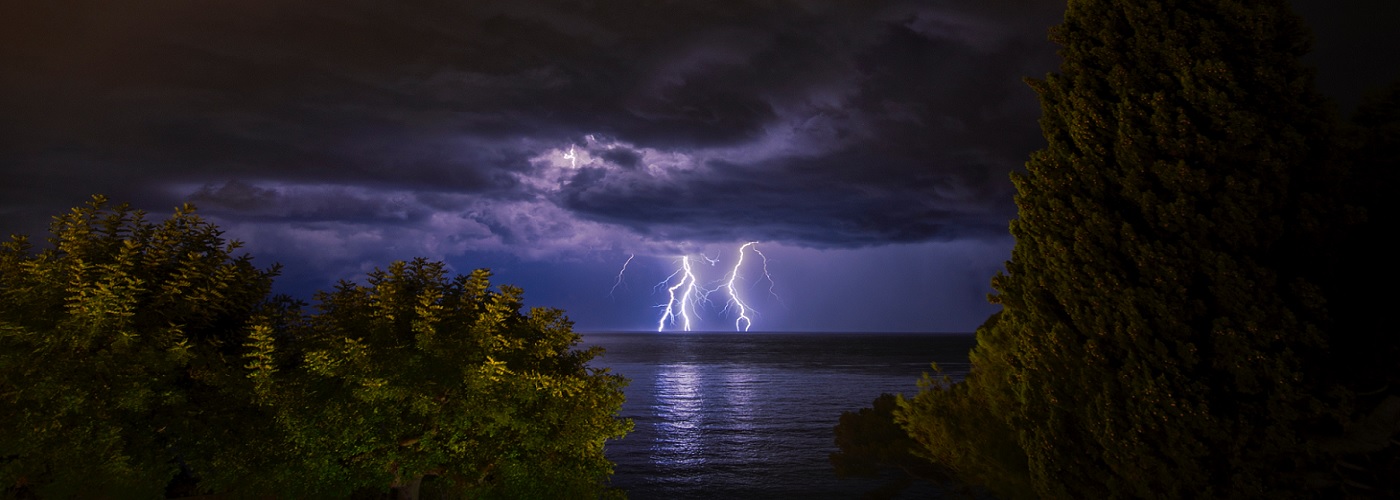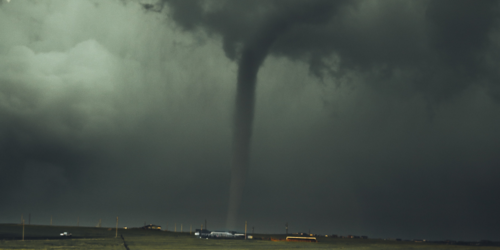

Thunderstorms develop in all sorts of situations, but we are going to look at a textbook version of a thunderstorm and its life cycle. In taking this approach, it is easier to break down the elemental physics at work in the atmosphere.
In order for a thunderstorm to develop, a particular mix of ingredients must be present. One of the fundamental ingredients is heating provided by the sun. When the sun shines, it heats up the ground. Then, the air in contact with the ground heats up as well. The process is known as conductive heating. Now, remember the fundamental principle that warm air is less dense, and therefore lighter than cool air. Therefore, when patches of the earth heat up more than others, that air will tend to rise. This process is known as convection. This is basically the starting point for a thunderstorm. The presence of high levels of water vapor in the air also makes the air lighter. This is because water molecules have a lower molecular weight than the other gasses in the Earth’s atmosphere (78% Nitrogen and 21%Oxygen). To put it in perspective, water molecules have a molecular weight of 18, while nitrogen and oxygen molecules have molecular weights of 28 and 32, respectively.
At this point in the discussion, the first stage of thunderstorm development occurs. The rising pockets of warm and humid air, which we refer to as thermals, rise through the atmosphere until they cool to their respective dew point. At that point, the water vapor condenses onto a particle of dust or pollen, and becomes a water droplet. This carries out the process of condensation, which releases heat into the atmosphere, known as latent heat. This makes the rising thermal warmer, thereby making it more buoyant (remember warm air is lighter than cool air). This results in growing cumulus clouds, known as towering cumulus, which leads us to the first stage of thunderstorm development. Stage one is oftentimes referred to as the cumulus stage.
Next time we will delve into the next stages of a thunderstorm’s life cycle, so stay tuned!





